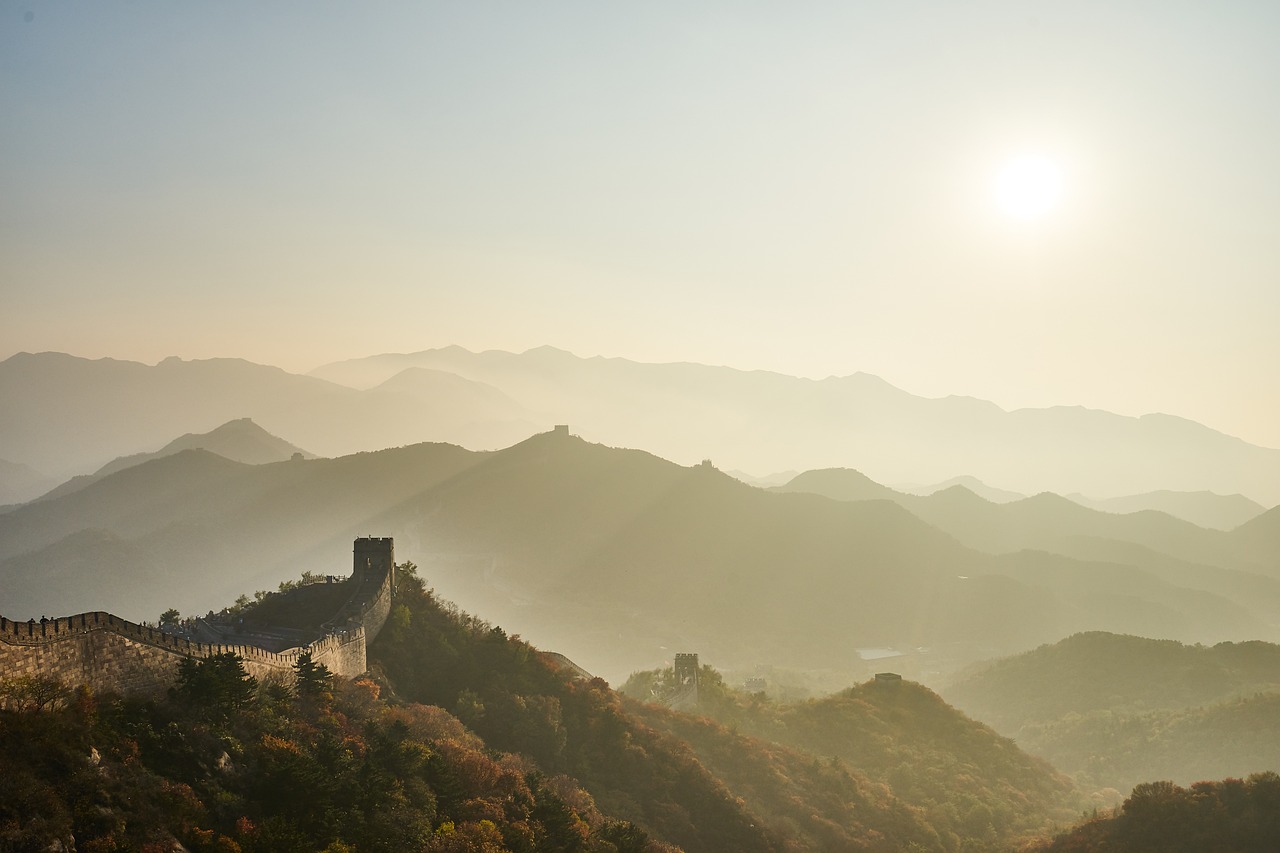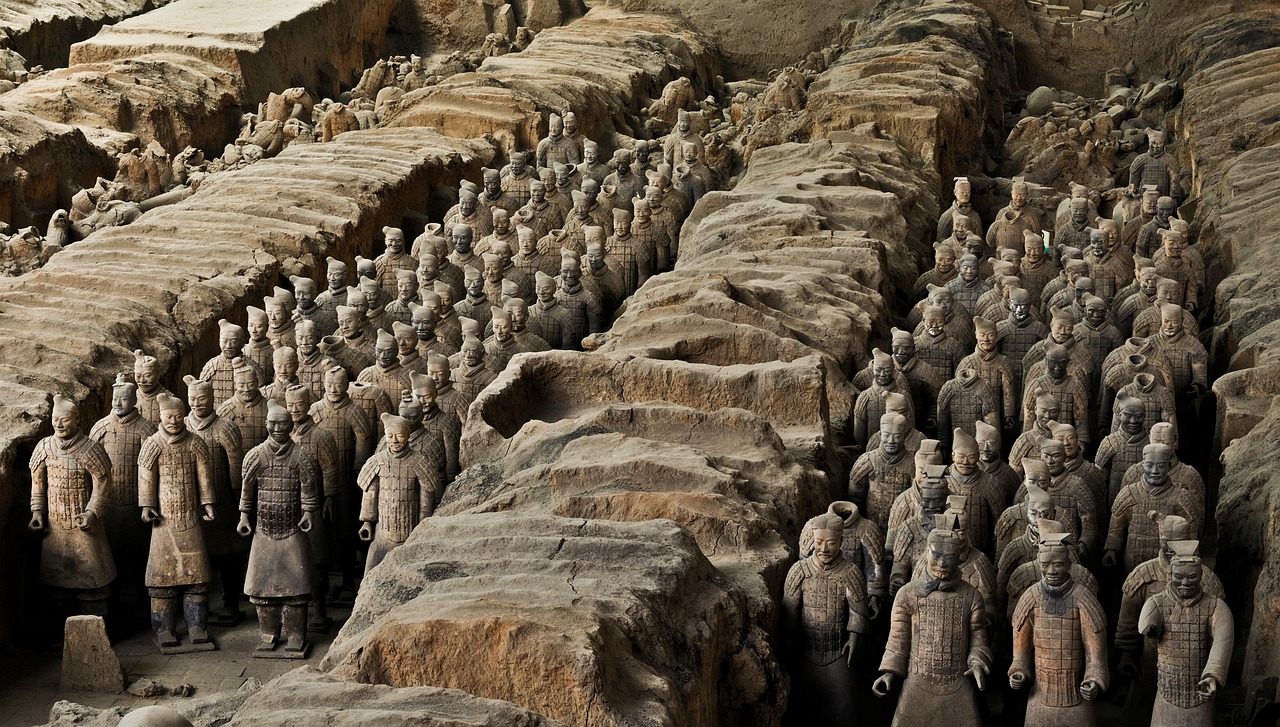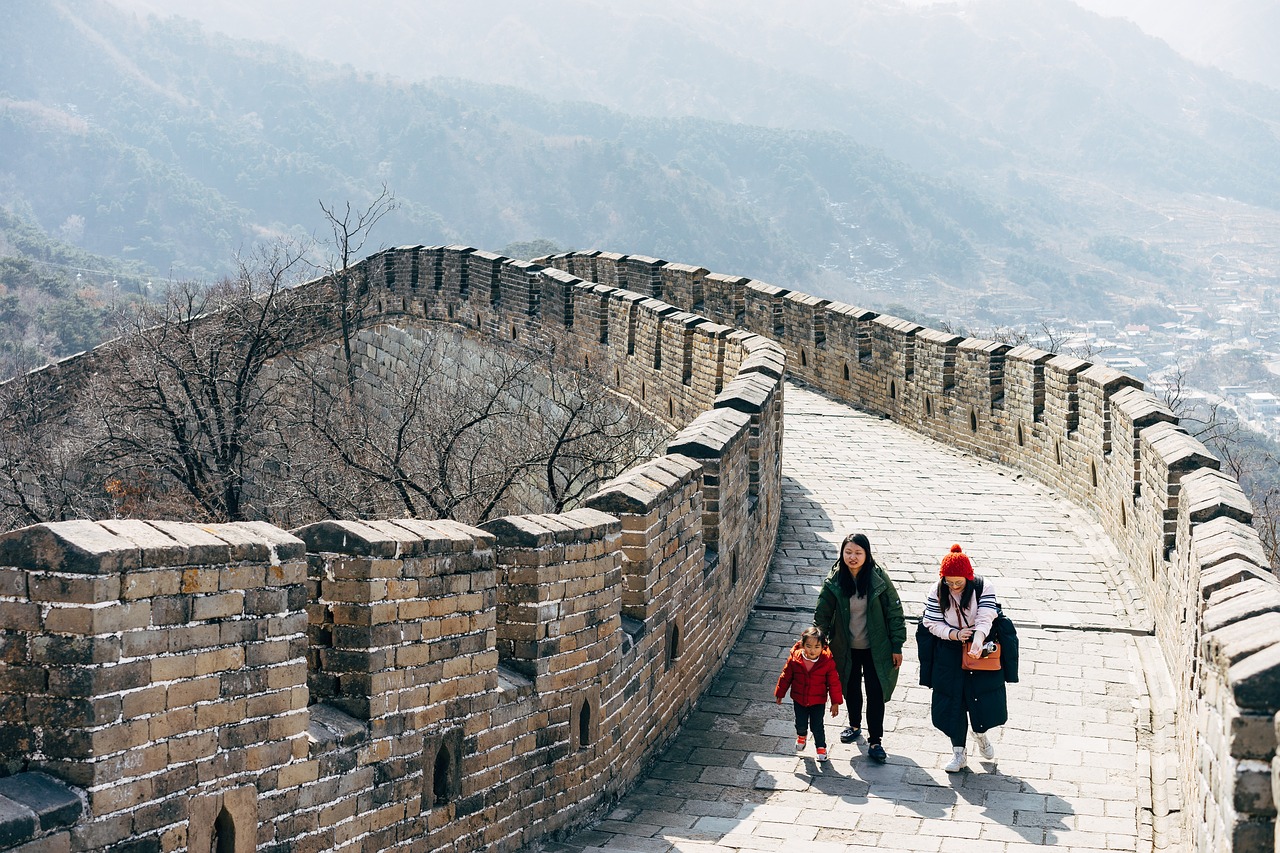China, a country renowned for its vast cultural and natural heritage, is home to a remarkable collection of UNESCO World Heritage Sites. These sites, recognized by the United Nations Educational, Scientific and Cultural Organization (UNESCO), hold exceptional universal value and play a crucial role in preserving humanity’s collective history and natural wonders. This article explores the diverse array of UNESCO objects in China, highlighting their significance and the responsibility of safeguarding these treasures for future generations.
The Great Wall of China
One of the most iconic UNESCO World Heritage Sites in China, the Great Wall is an awe-inspiring testament to human engineering and perseverance. Spanning over 21,000 kilometers, it is a symbol of China’s rich history and cultural legacy. Its inclusion on the UNESCO list emphasizes its universal value as a monumental architectural achievement.

The Forbidden City, Beijing
Located in the heart of Beijing, the Forbidden City served as the imperial palace for nearly five centuries. Its grandeur, architectural excellence, and historical significance have earned it a UNESCO World Heritage designation. This sprawling complex offers a glimpse into China’s imperial past, with its majestic halls, gardens, and ancient artifacts.
The Terracotta Army, Xi’an
In the ancient city of Xi’an, the Terracotta Army stands as an extraordinary archaeological discovery. Built to accompany Emperor Qin Shi Huang in the afterlife, this vast army of terracotta warriors, horses, and chariots is a UNESCO-recognized marvel. The site offers invaluable insights into the ancient military and artistic achievements of China.

The Mogao Caves, Dunhuang
Situated along the Silk Road, the Mogao Caves house a treasure trove of Buddhist art and manuscripts. These ancient caves, adorned with intricate murals and sculptures, preserve over a thousand years of religious and cultural heritage. Their UNESCO status underscores their global significance as a testament to artistic creativity and religious devotion.
Jiuzhaigou Valley
Nestled in the Sichuan province, the Jiuzhaigou Valley is a mesmerizing landscape of vivid colors and pristine natural beauty. This UNESCO World Heritage Site encompasses a series of lakes, waterfalls, and snow-capped peaks, forming a breathtaking ecosystem. Its conservation is vital for preserving the fragile balance of nature and promoting sustainable tourism practices.
The Potala Palace, Lhasa
Perched atop the Red Hill in Lhasa, the Potala Palace is an architectural masterpiece and a revered spiritual symbol for Tibetan Buddhism. This UNESCO World Heritage Site represents the fusion of Tibetan and Han Chinese architectural styles. Its inclusion on the list highlights its cultural and historical significance, as well as the need for its preservation in the face of modern challenges.
